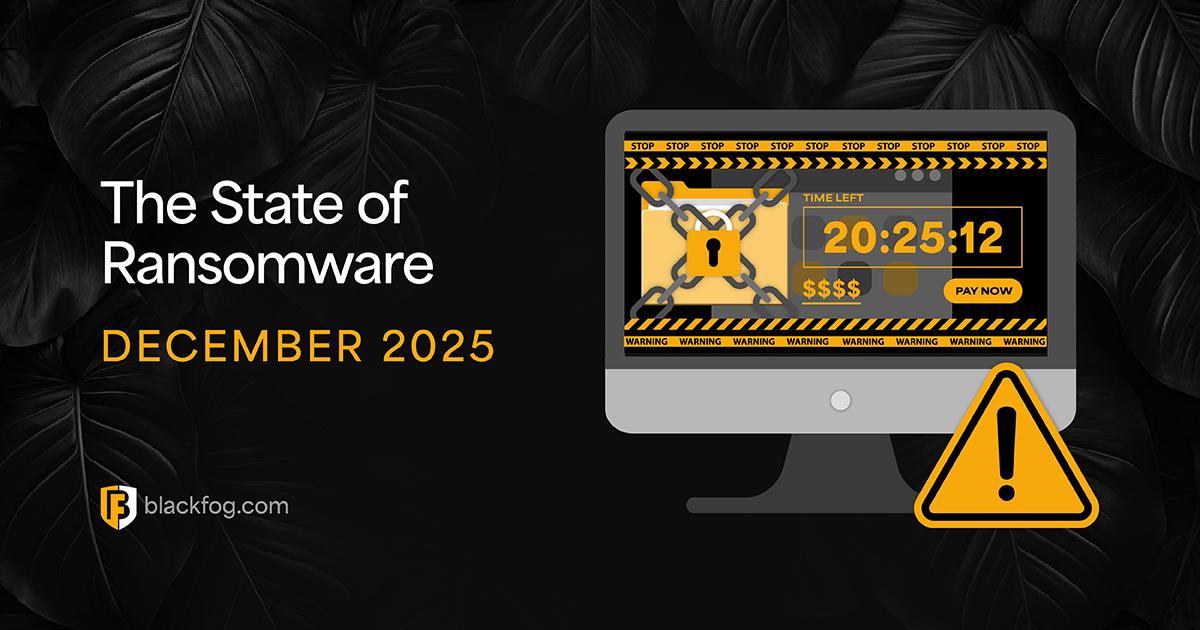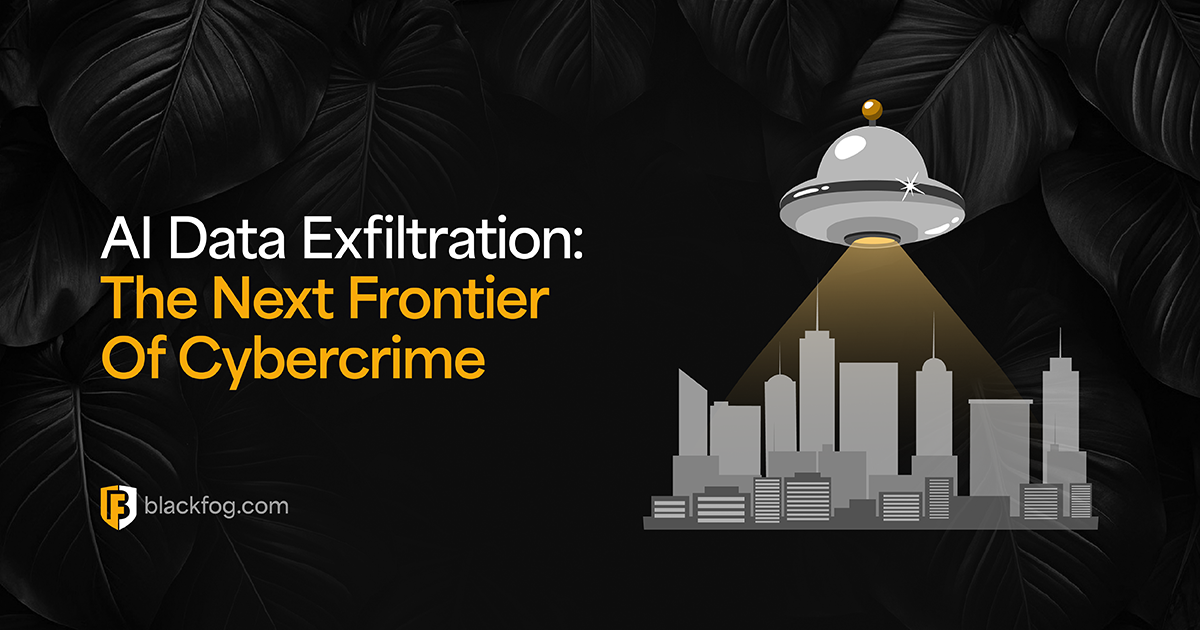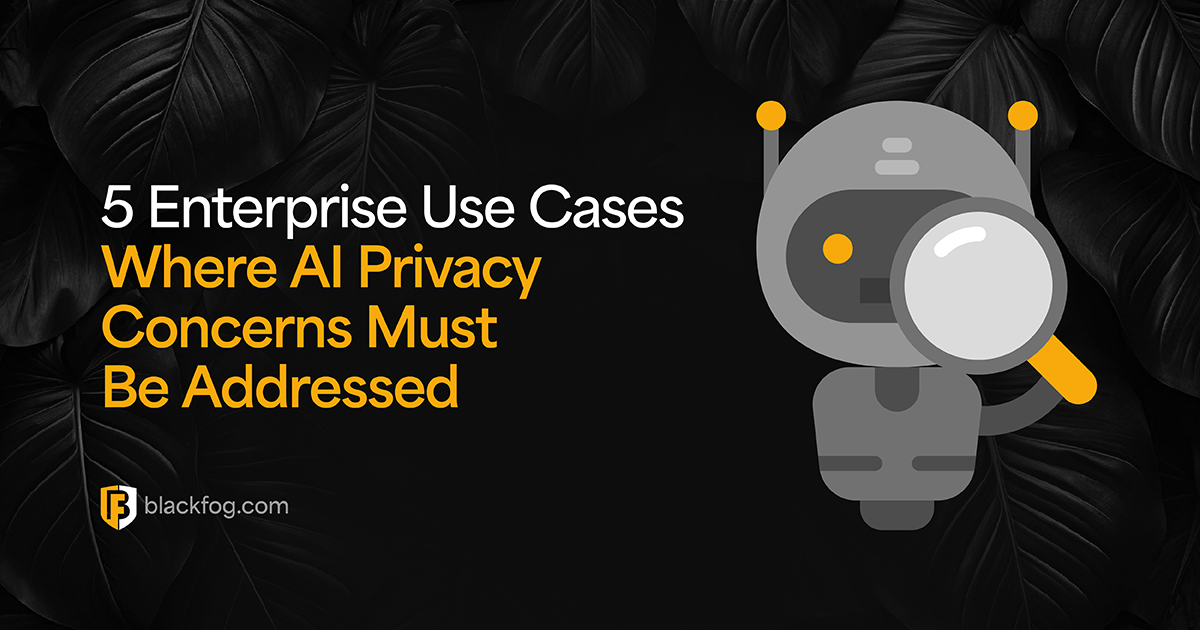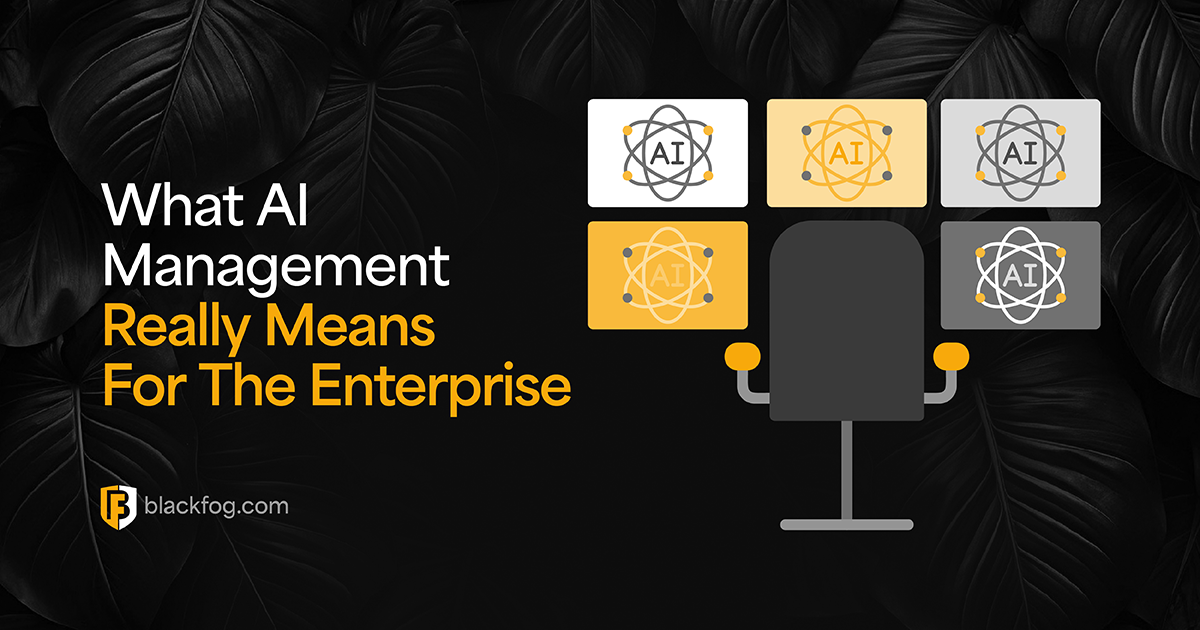
In a confirmed act of state-sponsored hacking in U.S. elections, Iran hacked Trump campaign in 2020. The attackers, tied to Iran’s Islamic Revolutionary Guard Corps (IRGC), used spear-phishing and coordinated disinformation to breach systems and influence voters.
This wasn’t a one-off situation. It was a full-spectrum cyber operation targeting political infrastructure. Understanding how it happened is valuable for securing the 2025 election cycle.
How Iranian Hackers Targeted the Trump Campaign
The attack began with targeted phishing. Iranian hackers impersonated trusted contacts using spoofed domains and sent spear phishing emails to Trump campaign staff. These emails led to credential harvesting and unauthorized access to internal campaign systems.
The attackers then extracted email data and monitored staff communications once they were inside. Around the same time, they launched a disinformation campaign involving fake Proud Boys emails, which threatened voters and falsely claimed to be from pro-Trump groups. This was a coordinated effort to intimidate and confuse voters – and damage the Trump campaign’s credibility.
This combination of phishing and psychological operations is ultimately how Iran hacked Trump in 2020.
Who Were the Hackers? Inside the IRGC-Affiliated Cyber Unit

The U.S. Department of Justice later confirmed that the actors were part of an IRGC-linked team. These IRGC cyberthreat actors have a known track record of conducting foreign influence and disruption operations.
In particular, the DOJ indictment named three individuals responsible for the intrusion and voter intimidation effort. Investigators used open-source intelligence (OSINT), IP tracking, and domain forensics to attribute the breach to the IRGC. The threat actors reused some known infrastructure, which helped analysts connect the dots.
These weren’t independent actors, they were military-affiliated personnel working in support of Iran’s strategic goals.
The Cyber Arsenal Behind the Operation
The group behind the breach used standard but effective offensive tooling. Here’s a clear view of what they deployed:
- VPNs and anonymization layers to obscure their location
- Fake email addresses & domains to trick people into clicking phishing links
- Python scripts and custom payloads for brute-force attacks
- SSH brute-force techniques to gain shell access
- Remote command-and-control (C2) infrastructure for data exfiltration
The overall operation was low-cost and high impact. Most of the infrastructure was hosted across jurisdictions, using aliases and decentralized domains to avoid takedowns. This technical foundation shows that Iran hacked Trump using off-the-shelf tools combined with well-timed execution.
Cybersecurity Meets Disinformation Warfare
The hack didn’t stop at system access. It expanded into disinformation warfare. Iranian actors created fake news content, impersonated political groups, and used social engineering to manipulate voters.
The objective was to erode voter confidence, disrupt the Trump campaign, and push narratives that benefitted Iran’s foreign policy interests.
Social platforms were leveraged to distribute these narratives. Cyber operations were closely tied to information operations, proving this wasn’t just about stealing data – it was about influencing perception.
The DOJ’s Cybercrime Response and Legal Ramifications
The Department of Justice announced criminal charges against the three IRGC-affiliated actors. The indictment detailed their roles, the infrastructure used, and the broader objective of election interference.
The FBI and international cyber task forces helped track the attackers. The U.S. imposed cybersecurity sanctions, froze assets, and publicly attributed the attack to Iranian state sponsorship. This specific methodology aimed to deter future operations and raise the political cost of election interference.
But even with attribution and legal action, the operation had already achieved its short-term objectives – disruption, fear, and media attention.
Campaign Cybersecurity in 2025: Are We Any Safer?
Since the 2020 incident, awareness has improved, but many campaigns remain vulnerable. Smaller organizations often lack proper IT teams or security budgets. As a result, the risk of a campaign cybersecurity breach remains high.
Phishing, spoofing, and credential reuse are still effective. New threats include AI-enhanced spear phishing, deepfakes, and faster malware deployment.
Agencies like CISA have expanded support, but overall adoption is rather inconsistent. While federal-level campaigns might have defenses in place, local and state campaigns remain exposed. State-sponsored hacking in U.S. elections is now a recurring threat.
Protecting Political Campaigns from State-Sponsored Attacks
To mitigate the risks, campaigns need to apply basic but useful cybersecurity protocols across the board:
- Require multiple ways to verify identity for all accounts
- Use threat information from CISA and other trusted partners
- Have outside experts review your security systems
- Test your defenses with red team exercises before primary elections
- Use tools to quickly detect and respond to threats on devices (endpoint detection and response etc.)
Cybersecurity must be treated as a core campaign function, and not just a last-minute add-on that nobody thinks about.
Final Analysis: Cyber Espionage and the Future of Democracy
The fact that Iran hacked Trump should have changed how campaigns think about cybersecurity. This was a state-level adversary targeting a U.S. political operation with intent to disrupt and influence.
The combination of phishing, disinformation, and legal ambiguity made the attack difficult to stop in real time. Moving forward, campaigns should assume they are targets and build defense-in-depth strategies.
Unfortunately, cyberattacks on political systems are not rare events. They are part of a broader shift in how global powers engage in asymmetric influence. And without strong digital defenses, elections will remain soft targets.
Prevent the Next Breach Before It Happens – With BlackFog
The Iran-led cyberattack on the Trump campaign shows how easily skilled cybercriminals can infiltrate organizations using common techniques like phishing and credential harvesting. Once inside, their real objective is almost always the same: data exfiltration.
BlackFog helps stop attacks where they matter most, at the endpoint. Its anti data exfiltration technology prevents hackers from stealing sensitive data, even after initial compromise. Whether you’re securing a business, government agency, or high-risk target, BlackFog adds a layer of defense against ransomware, nation-state threats, and insider risk.
Learn how BlackFog disrupts cyberattacks before damage is done: blackfog.com
Share This Story, Choose Your Platform!
Related Posts
The State of Ransomware 2025
BlackFog's state of ransomware 2025 report measures publicly disclosed and non-disclosed attacks globally.
The State of Ransomware: December 2025
BlackFog's state of ransomware December 2025 measures publicly disclosed and non-disclosed attacks globally.
AI Data Exfiltration: The Next Frontier Of Cybercrime
How are cybercriminals using AI data exfiltration to enhance their ransomware attacks and what must businesses do to counter these threats?
5 Enterprise Use Cases Where AI Privacy Concerns Must Be Addressed
AI privacy concerns are rising with AI adoption - five use cases highlight the key issues businesses must consider.
What AI Management Really Means For The Enterprise
Ongoing AI management is essential in maintaining compliance in a challenging environment. Here's what businesses need to consider.
AI Security Risks Every Business Must Know About
AI Security Risks are growing as AI embeds in business. What key threats must firms address to stay compliant with data regulations?






